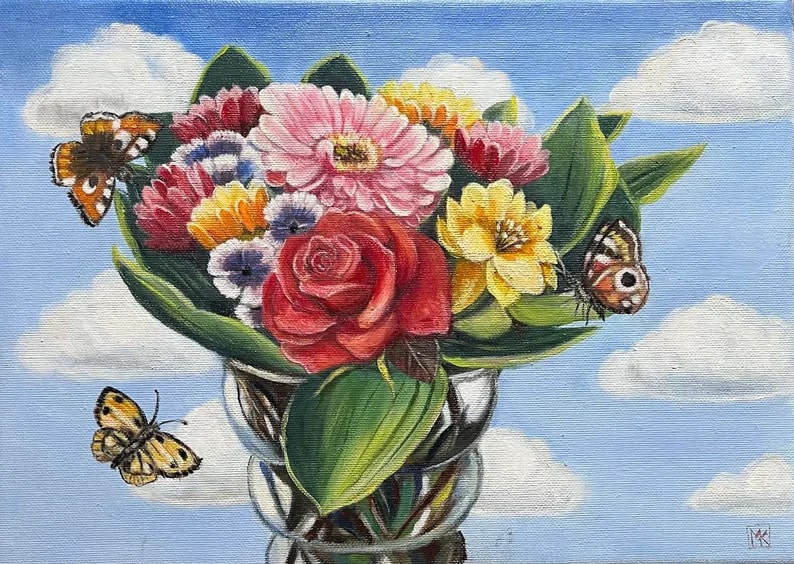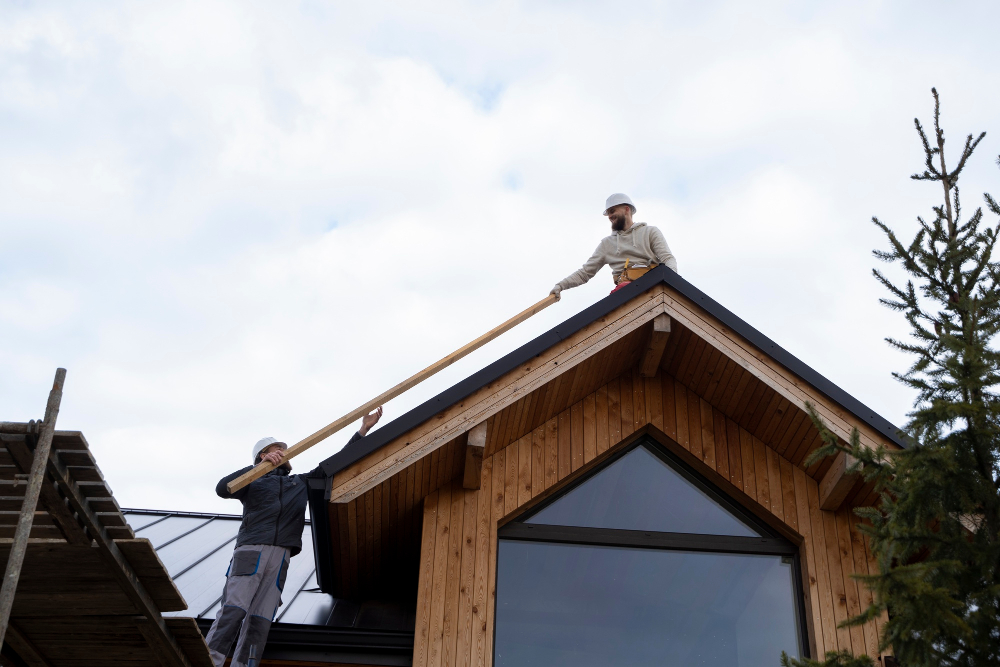Art has always been a reflection of the times, capturing the spirit of an era in colors, shapes, and forms. In today’s digital age, technology has not only changed the way we create and consume art but has also left an indelible mark on the world of contemporary art. From innovative tools and techniques to new mediums of expression, the impact of technology on contemporary art paintings is undeniable. In this blog post, we’ll explore the fascinating intersection of art and technology, uncovering how it has revolutionized the art world in exciting ways.
The Digital Canvas: From Pixels to Paintbrushes
Contemporary artists are increasingly embracing the digital canvas as a means of self-expression. With the advent of powerful digital tools, artists can create stunning pieces of art using a range of software applications and devices. Whether it’s digital painting, graphic design, or 3D modeling, technology has opened up a world of possibilities for artists to explore and experiment with their creative visions.
One of the most significant changes brought about by digital technology is the democratization of art. In the past, creating art often required expensive materials and access to traditional art spaces. Now, with a tablet and stylus, artists can start painting without worrying about the cost of supplies or studio space. This accessibility has empowered a new generation of artists to experiment with their craft, leading to a more diverse and dynamic contemporary art scene.
Blending Realities: Augmented and Virtual Art
Augmented and virtual reality have pushed the boundaries of contemporary art, blurring the lines between the physical and digital worlds. Augmented reality (AR) artworks use technology to overlay digital elements onto the real world. Virtual reality (VR) takes viewers into entirely immersive digital environments. These mediums provide artists with the tools to create experiences that were once unimaginable.
In the realm of augmented reality, artists can transform everyday spaces into interactive galleries. By using smartphones or AR glasses, viewers can experience art installations in public parks, museums, or even their own living rooms. These digital layers add new dimensions to the art, allowing for dynamic storytelling and interactive engagement.
Virtual reality, on the other hand, transports viewers into a fully immersive artistic universe. Artists can craft entire landscapes and experiences, guiding viewers through their creative visions. VR art challenges the traditional boundaries of art, allowing for a more profound connection between the artist and the audience. It’s an experience that transcends the limitations of a two-dimensional canvas.
Digital Collaboration: Artists Unite Across Borders
Technology has brought artists together from across the globe, fostering collaborations that were once logistically challenging. Through online platforms and social media, artists can connect, share their work, and collaborate in real-time. This interconnectedness has led to the exchange of ideas, styles, and cultural influences, enriching contemporary art in the process.
Platforms like Instagram, Pinterest, and art-focused social networks provide artists with a global stage to exhibit their work. These platforms enable artists to reach a broader audience, receive feedback, and gain recognition in a way that was unimaginable before the digital age. Artists can also find inspiration in the work of others, leading to a more dynamic and interconnected art community.
Beyond social media, technology has enabled real-time collaborative projects. Artists separated by oceans and continents can now work together seamlessly. They can exchange digital files, communicate through video conferencing, and create art pieces that merge diverse perspectives and styles. This global collaboration has given rise to a new genre of art that reflects the collective creativity of the digital age.
The Role of Artificial Intelligence: From Tools to Creators
Artificial intelligence (AI) is no longer just a tool for artists; it’s now a creative partner in the art-making process. AI algorithms can generate art, music, and even poetry. These digital assistants have the ability to analyze vast datasets and generate content that is both innovative and unexpected.
Artists are using AI to push the boundaries of their creativity. They can feed AI models with their artwork, and the AI can generate new pieces inspired by the artist’s style. This collaboration between human intuition and machine intelligence has produced remarkable works of art that challenge our perception of creativity.
AI also plays a significant role in art preservation and restoration. Machine learning algorithms can analyze and restore damaged or deteriorating artworks, preserving them for future generations. This intersection of art and technology ensures that our artistic heritage endures.
Interactive Art Installations: Engaging the Senses
Contemporary art has evolved from static canvases to dynamic, interactive installations. Artists are using technology to engage the viewer’s senses in immersive ways. These installations often incorporate elements of sound, touch, and motion, making the art experience a multisensory journey.
In these interactive installations, technology serves as the bridge between the artist and the viewer. Motion sensors can trigger changes in the artwork based on the viewer’s movements, while responsive audio adds another layer of depth to the experience. This level of interactivity allows viewers to become active participants in the art, forging a more profound connection to the work.
Art in the Age of NFTs: Digital Ownership and the Blockchain Revolution
The advent of non-fungible tokens (NFTs) has forever changed the landscape of contemporary art. NFTs are unique digital assets that represent ownership of digital or physical items, often including art. Artists can mint their artwork as NFTs, allowing them to sell their creations directly to collectors in a digital marketplace. This innovation has disrupted the traditional art market, offering artists new ways to monetize their work.
NFTs also provide artists with a means to protect the authenticity and provenance of their art. The blockchain, a decentralized digital ledger, ensures that the history of each artwork is transparent and tamper-proof. This not only benefits artists but also collectors who can be confident in the ownership and provenance of the art they acquire.
In Conclusion
Technology has infused contemporary art with fresh perspectives, expanding the boundaries of creativity, accessibility, and collaboration. Artists are leveraging digital tools, augmented and virtual realities, artificial intelligence, and blockchain technology to create innovative and boundary-pushing artworks. The impact of technology on contemporary art is evident in the way artists experiment, share, and connect with their audiences. As we continue to embrace the digital age, the art world will undoubtedly see further evolution, pushing the limits of what is possible in the ever-evolving realm of contemporary art. The future holds a canvas of infinite possibilities, and technology will undoubtedly be an integral part of the masterpiece.





